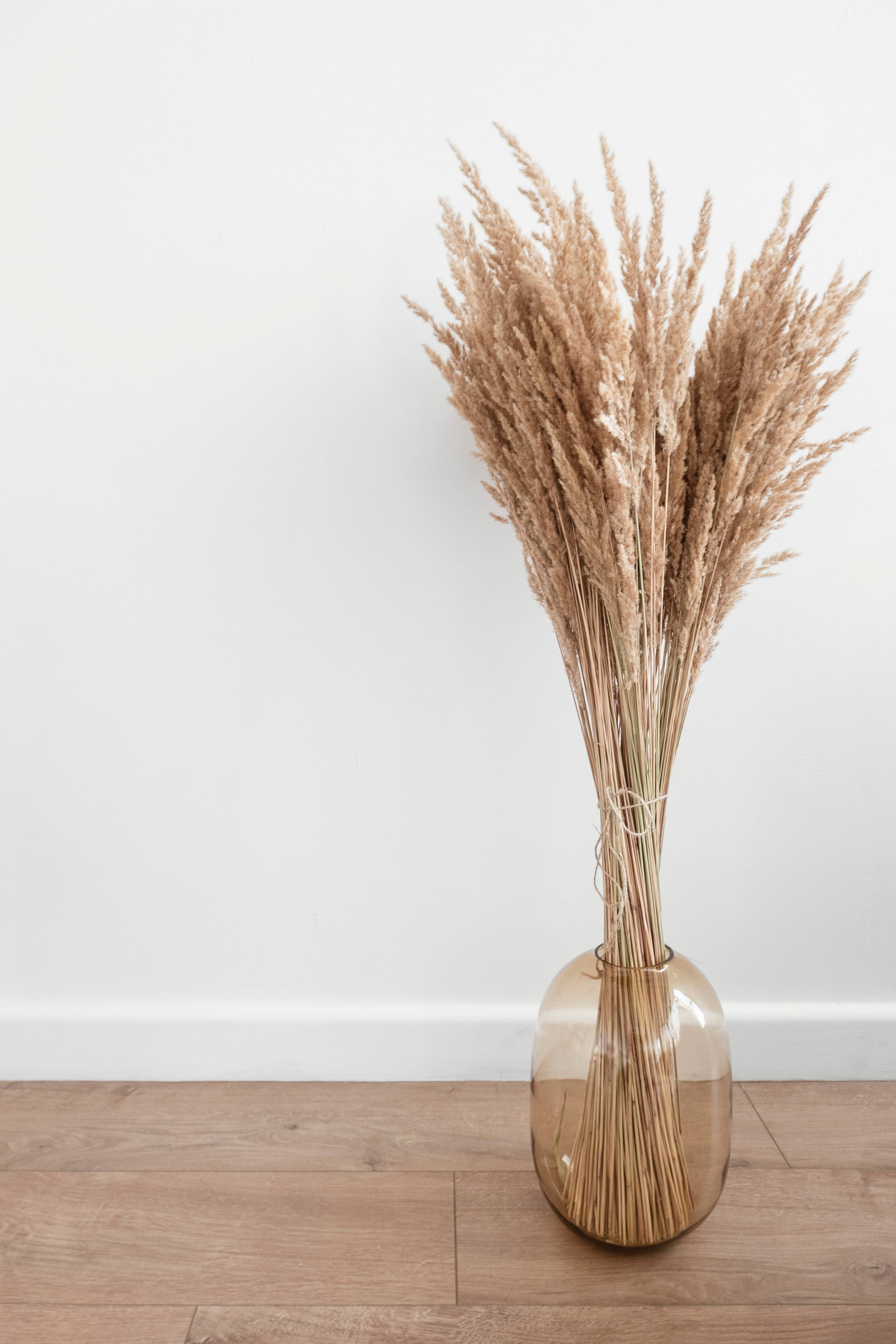

office interior in india
Office interiors in India reflect a blend of traditional aesthetics and modern functionality, catering to the diverse cultural landscape of the country while also meeting the demands of contemporary work environments. Here are several key elements and examples that characterize office interiors in India:
1. Design Aesthetics
Indian office interiors often incorporate vibrant colors, intricate patterns, and local craftsmanship. The use of traditional materials like wood, stone, and textiles is common, which adds a unique touch to the workspace.
Example:
The Wadhawan International office in Mumbai features a harmonious blend of modern design with traditional Indian elements. The use of jalis (perforated stone screens) not only adds aesthetic value but also provides natural ventilation and light.
2. Open Spaces and Collaborative Areas
Modern Indian offices are moving towards open floor plans that encourage collaboration and communication among employees. These spaces often include breakout areas, lounges, and meeting pods that foster creativity and teamwork.
Example:
The Google India office in Bangalore is a prime example, featuring open workspaces, vibrant collaboration zones, and recreational areas to promote employee well-being and interaction.
3. Incorporation of Technology
With the rise of technology and remote work, Indian offices are increasingly integrating smart solutions. This includes smart lighting, automated systems, and high-speed internet to enhance productivity.
Example:
The Infosys offices utilize cutting-edge technology to create a seamless work environment. Their spaces are designed with advanced IT infrastructure and smart office solutions that adapt to the needs of the employees.
4. Sustainability
There is a growing emphasis on sustainability in office design. Many companies are adopting eco-friendly materials and practices, such as using recycled materials, installing green walls, and implementing energy-efficient systems.
Example:
The Godrej & Boyce office in Mumbai is known for its commitment to sustainability, featuring a green building design that includes energy-efficient systems and a significant amount of natural light.
5. Cultural Elements
Integrating local culture into office design helps create a sense of identity and belonging among employees. This can be achieved through artwork, murals, and decorative elements that reflect the local heritage.
Example:
The Mahindra Group office in Pune showcases local art and culture through its interior design, featuring installations that celebrate Indian heritage and craftsmanship.
Conclusion
The evolution of office interiors in India is a testament to the country's rich cultural heritage and its adaptation to modern work practices. By blending aesthetics with functionality, Indian offices are creating inspiring environments that foster productivity, collaboration, and employee well-being.
For further insights into office interior design trends in India, you may refer to resources such as the Architectural Digest India and Dezeen.
Related Posts
© 2025 Invastor. All Rights Reserved

User Comments